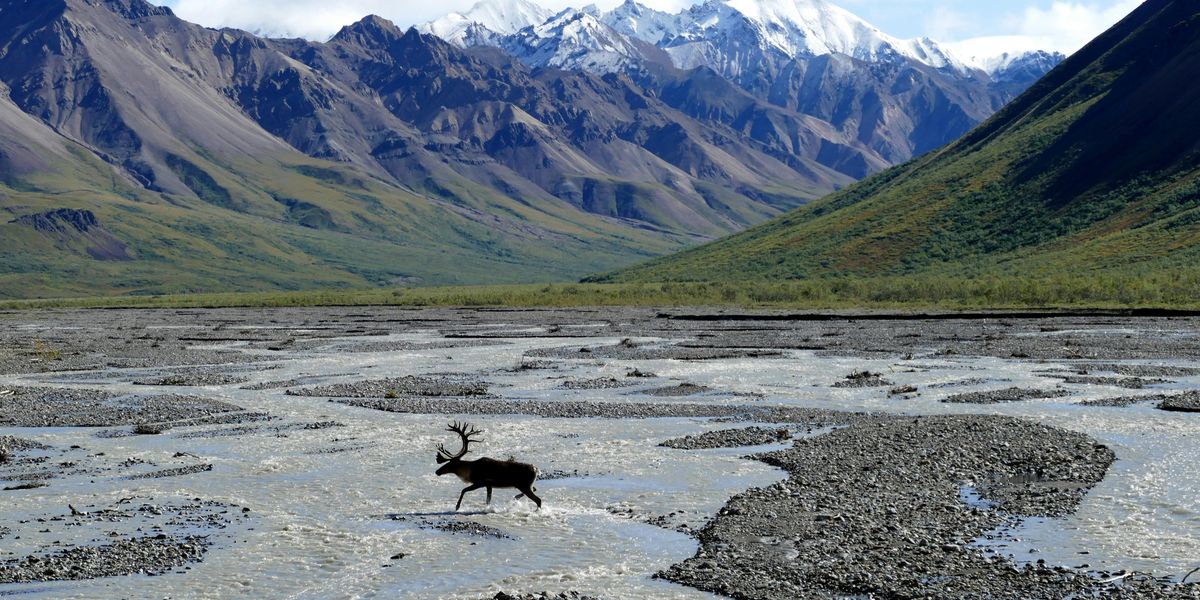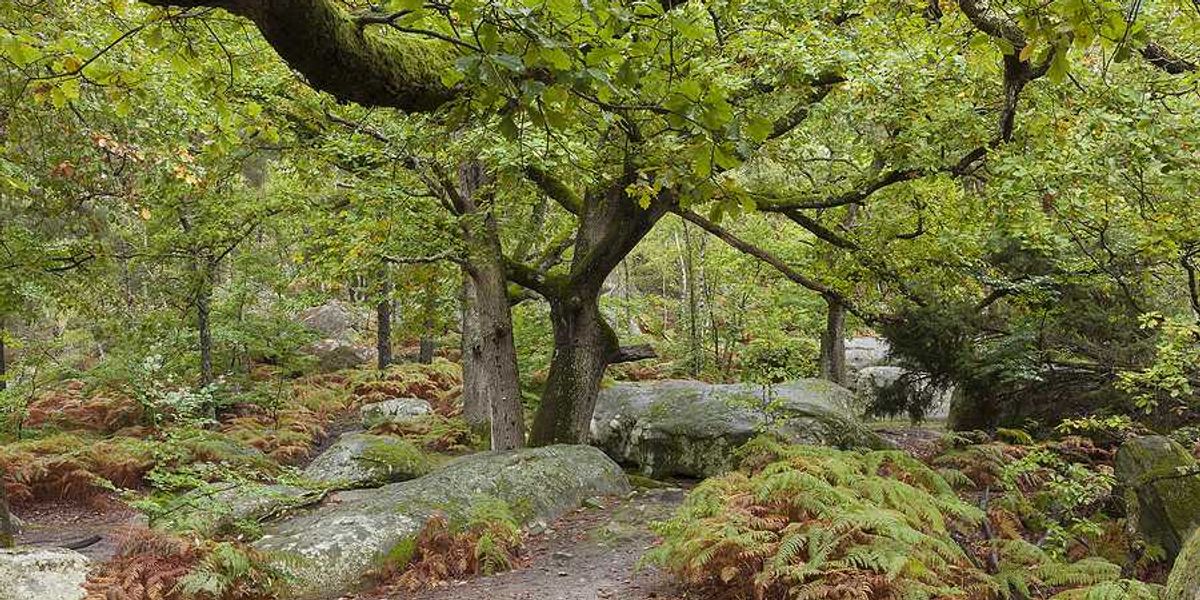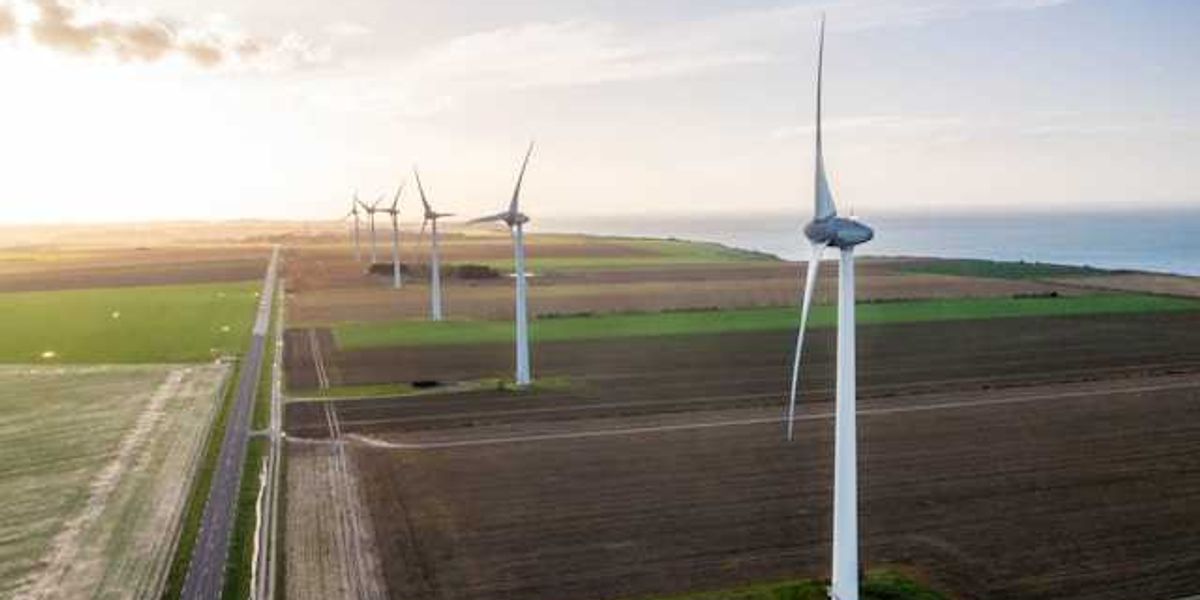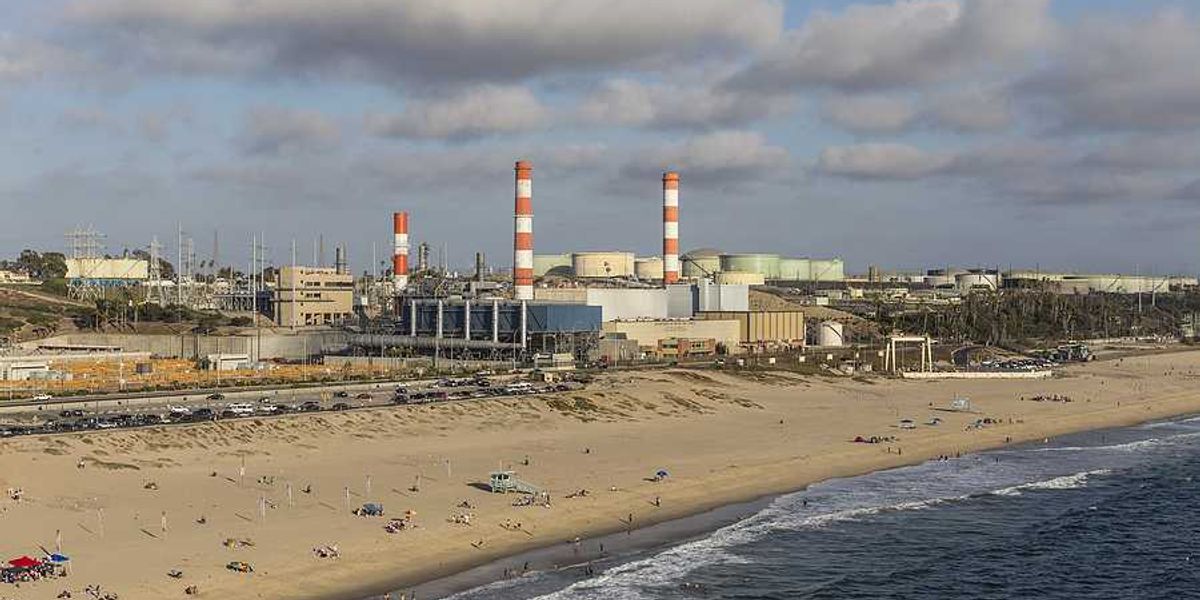
White House plan would open vast Alaskan reserve to decades of oil drilling
The Trump administration is moving to eliminate environmental protections for most of the National Petroleum Reserve–Alaska, drawing widespread opposition from Alaska Native communities, scientists, and conservation groups.
Aisha Kehoe Down reports for The Guardian.
In short:
- The Bureau of Land Management proposes rescinding safeguards for key Arctic habitats, opening 82% of the 23-million-acre reserve to oil and gas development.
- Alaska Native leaders say the rollback disregards decades of work to protect areas critical for wildlife and subsistence, warning of worsening health and environmental damage.
- Scientists cite threats to caribou migration, polar bear denning, and permafrost stability, along with long-term oil production timelines stretching into the 2050s and beyond.
Key quote:
“To have all the work we’ve done for the last two decades, trying to create important special areas with their unique biological features demonstrated by science, disregarded to allow full-force development is crazy to consider.”
— Rosemary Ahtuangaruak, activist and former mayor of Nuiqsut, Alaska
Why this matters:
The Alaskan Arctic is warming nearly four times faster than the global average, making it one of the most climate-sensitive regions on the planet. The National Petroleum Reserve–Alaska serves as a critical habitat for migratory birds, caribou, and polar bears, while also supporting subsistence traditions that sustain Indigenous communities. Expanding oil drilling here could lock in fossil fuel production for decades, increasing greenhouse gas emissions well past the period when scientists say reductions are needed to avert catastrophic climate impacts. Industrialization also threatens permafrost integrity, which, once thawed, releases vast amounts of carbon and destabilizes land and infrastructure.
Read more: Trump moves to open protected Arctic lands in Alaska to oil drilling













